Affiliate links on Android Authority may earn us a commission. Learn more.
What HUAWEI will (and won't) do to scratch your Google itch
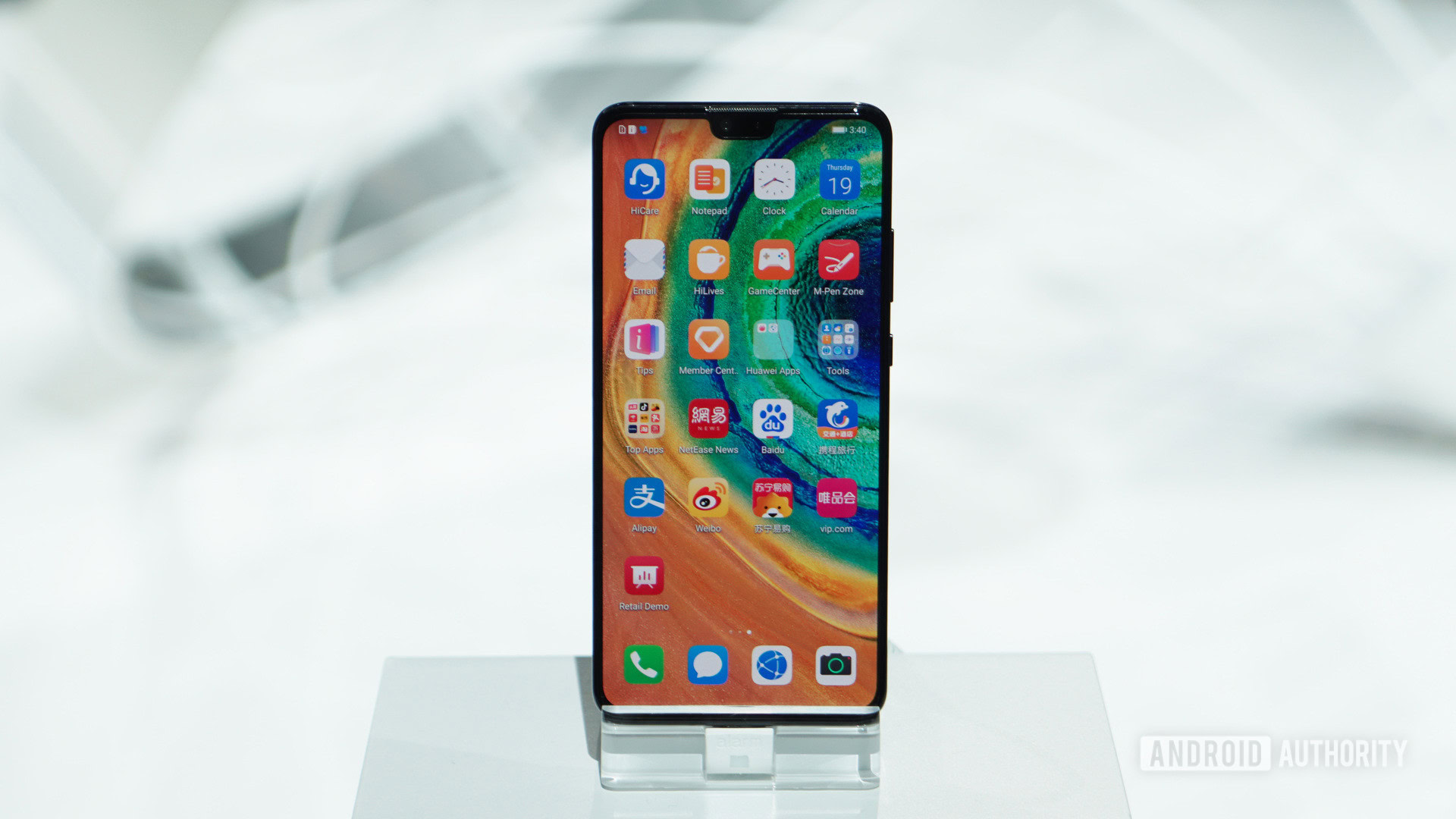
At the end of the Mate 30 launch event, HUAWEI CEO Richard Yu briefly touched on the company’s plans to make do without the Google Play Store. The plan, for the time being, is to rely on investment in HUAWEI’s own AppGallery storefront.
However, with a release date outside of China set to be announced next month, HUAWEI may yet find a better workaround. Or, alternatively, hope that the United States government’s ban lifts before release so it can push an update to restore functionality.
Android Authority spoke with Richard Yu at the launch and asked about Google, apps, the Play Store, and Google services on the Mate 30. HUAWEI is mulling over all the possible options, and Yu revealed a bit more about what the company can and cannot do to bring Google apps and services to its customers.
How will apps works on the HUAWEI Mate 30?
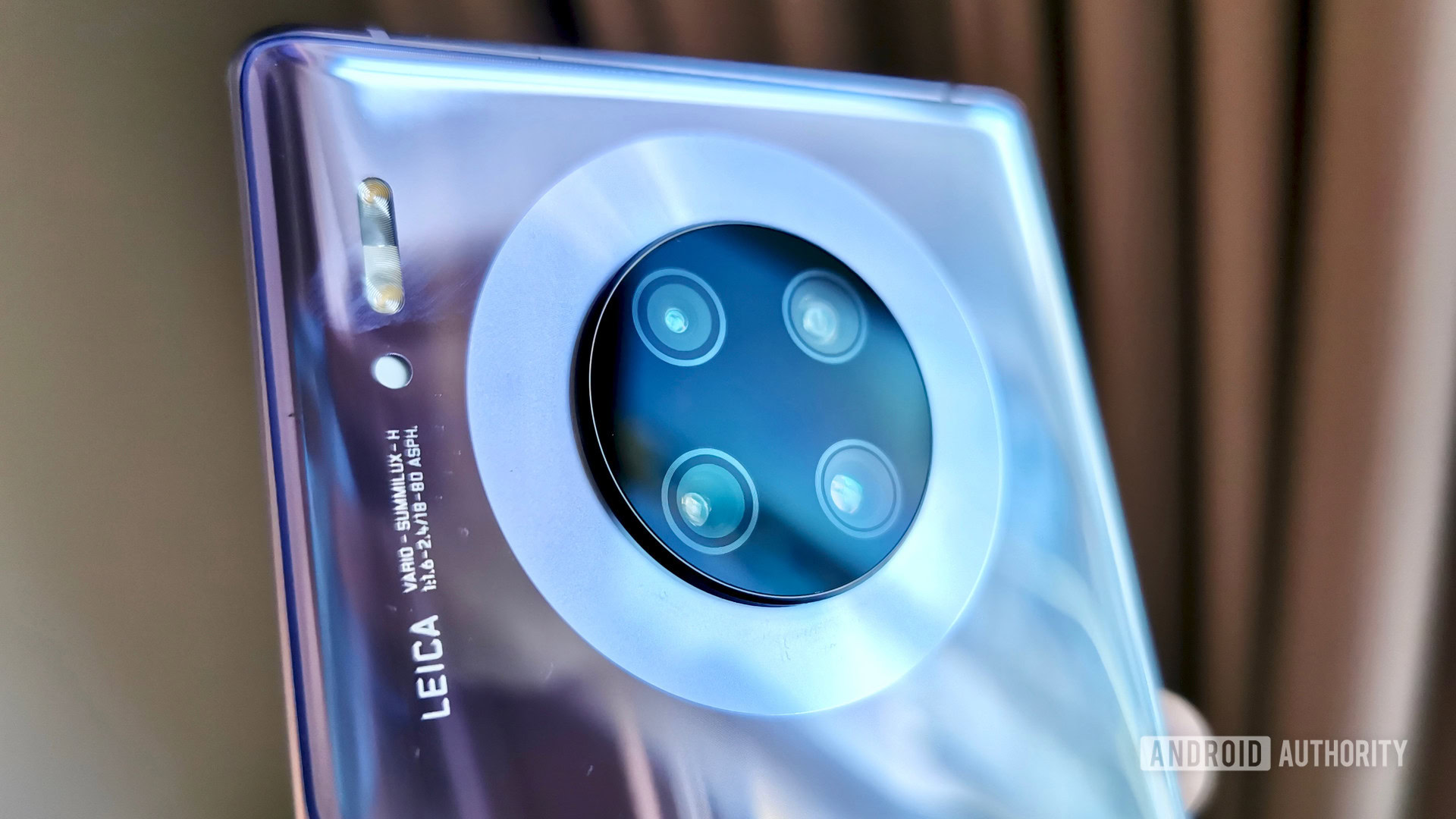
To start, Yu reiterated the general launch plan, given that it can’t pre-install or offer installation prompts for Google’s services.
“Consumers in China and other countries will be able to use AOSP, with the HUAWEI AppGallery and also HMS Core,” Yu said. HMS (HUAWEI Mobile Services) Core includes a selection of core apps as well as tools for developers to build software optimized for HUAWEI’s ecosystem. The AppGallery and HMS Core will operate as direct alternatives to Google’s Play Store and Google Mobile Services (GMS). GMS includes apps like Google Search, Gmail, and Chrome, and also provides back end features that Google’s and other apps rely on.
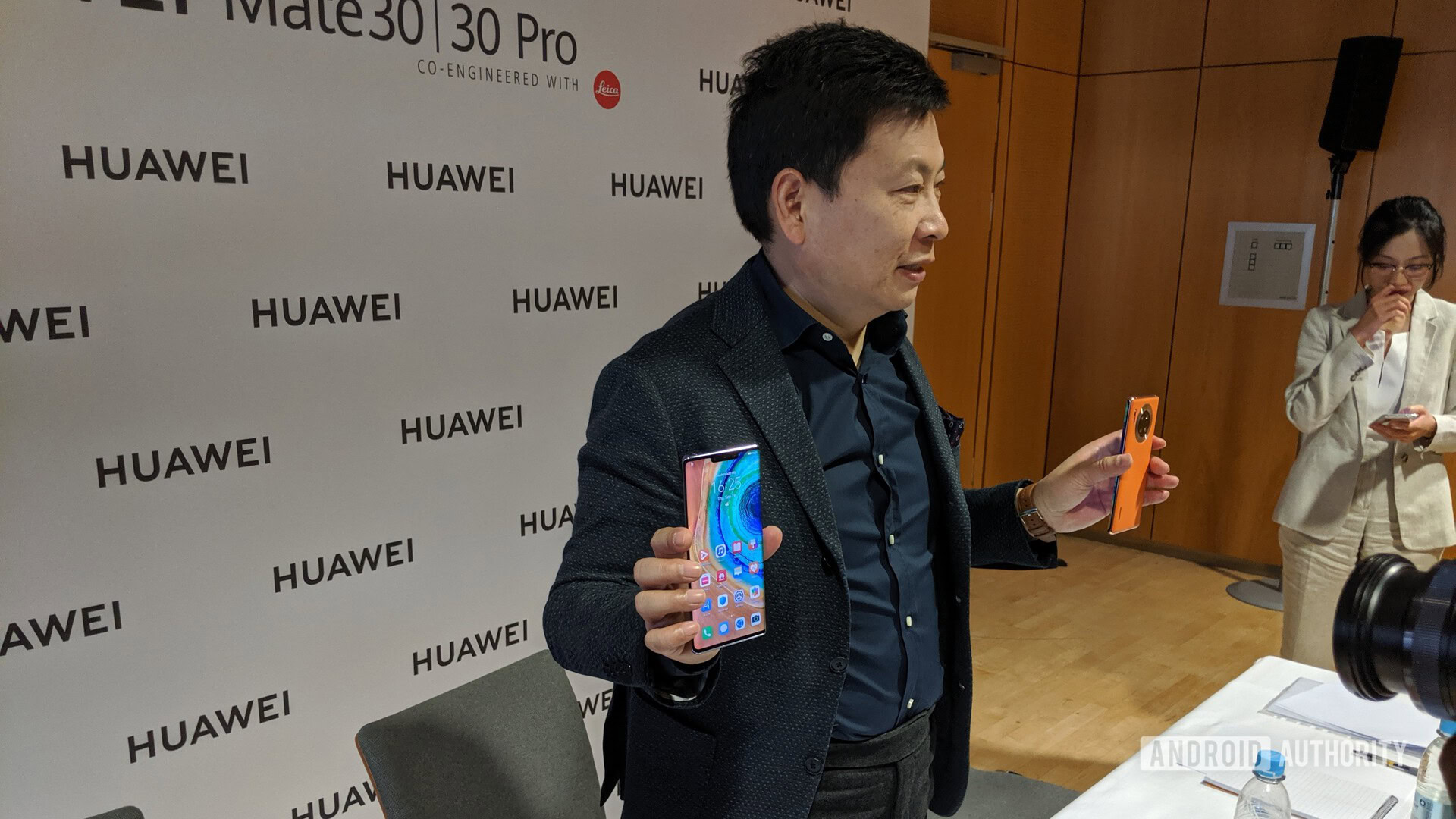
Despite the lack of GMS, certain apps — and even some Google software — will still work on the Mate 30. Popular apps like Facebook, Instagram, and Whatsapp don’t require GMS and will run as normal. “Consumers can download the apps they need”, explained Yu, either from HUAWEI’s own or third-party stores. “Also,” he continued, “we’ll have some web-based apps for Google apps, so they can also download from other channels, other apps stores.”
When asked specifically about popular Google apps, Yu revealed that some will be available in the AppGallery “which is not affected by the US ban,” while others can be found in other stores.
HUAWEI sees customers installing apps from a variety of sources.
Although customers can manually install some Google apps, there’s no guarantee they will all work. “Some apps need the GMS core, some don’t,” Yu explains. “Some have HTML5 web-based versions.” HUAWEI will be able to support HTML5 web app versions, but not those that rely on GMS for essential features.
The bottom line is that the app experience on the Mate 30 is inconvenient at best. While many popular apps will be available through alternative stores, niche apps will be harder to find. It’s tough to imagine many consumers willing to put up with this experience at such a premium price point.
What can HUAWEI do to help users get apps?
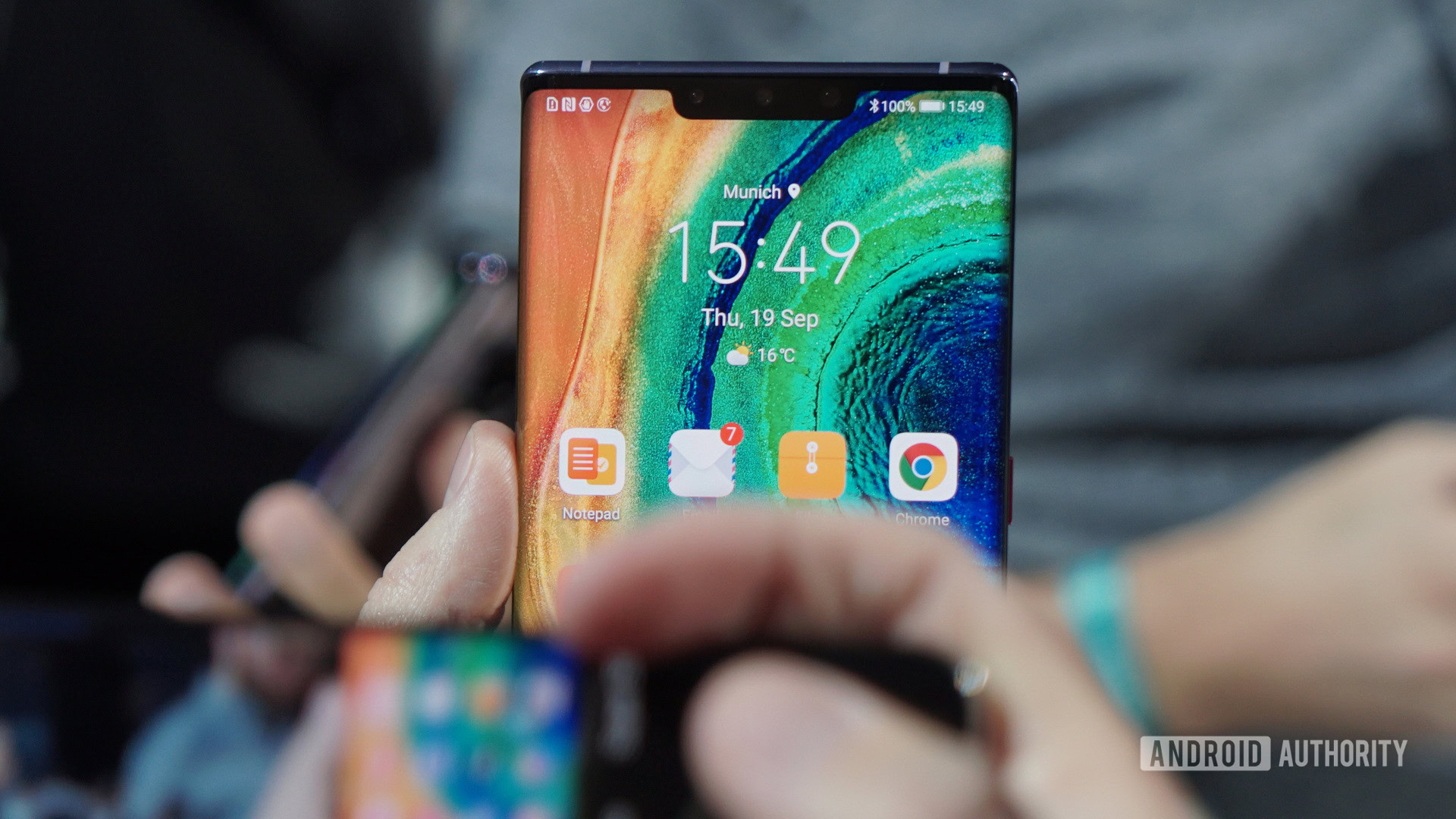
Besides the AppGallery, HUAWEI is looking into third-party storefronts to increase the number of apps available. “First, we’ll have our App Gallery, and then we’re considering to add some other app stores to our phones,” noted Yu. “We are considering to either pre-install them on our phones or through our App Gallery so we have a kind of solution.” Although HUAWEI is still working out how and who to partner up with.
In addition, Richard Yu speculates that retailers and carriers could have a part to play in providing apps and services that HUAWEI isn’t allowed to. When asked about helping other companies install Google services, Yu said, “we cannot help them to do that, but consumers and retailers can do that by themselves.”
Carrier bloatware is nothing new but it would be ironic if this ends up as a solution to installing Google Play. Such a strategy will almost certainly depend on the appeal of the Mate 30 and Mate 30 Pro in European markets. Yu was keen to point out that HUAWEI has “a lot of very good relationships with carriers.”
There doesn’t appear to be a lot that HUAWEI can do directly to help users get their Google fix. Outside of third party stores, consumers will need to figure things out for themselves.
Investing in AppGallery
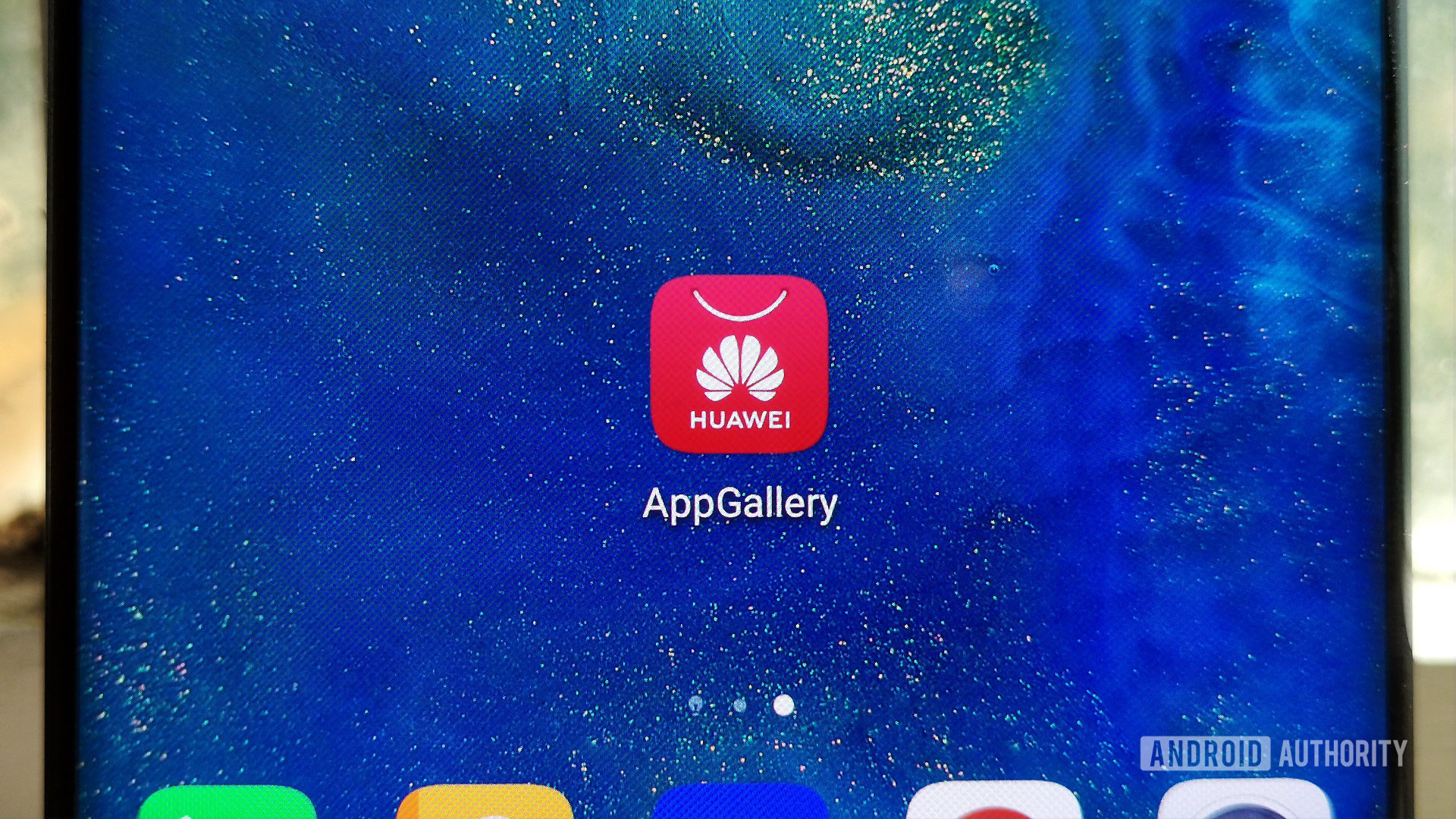
HUAWEI doesn’t want to be dependant on third-party stores and workarounds. Ideally, the company needs to build out its own app store as a competitive alternative to third-party stores and even Google Play.
To start with, HUAWEI is spending $1 billion in a developer investment scheme. Part of this forms an incentive fund to encourage “app developers to support HMS Core instead of GMS Core.” HMS Core is designed to provide all the functionality app developers require, with support for wallets, ads, messaging kits, and more. In reality, it’s more likely that companies will port apps to both stores rather than solely support HUAWEI’s platform.
Related: HUAWEI Mate 30 Pro hands-on: Bigger, faster, sleeker
“We also do more revenue sharing,” revealed Yu. “Today, Google and Apple, they are doing 30%, but we can make this roughly 15%. That’s more aggressive, more attractive. That means they can make more revenue from AppGallery.”
A bigger revenue share could certainly entice large and indie developers to HUAWEI’s store, especially when you take into account HUAWEI’s huge market share in some parts of the world. This seems like the most viable approach to encourage app developers over to its store.
What about Harmony OS?
At its launch event, HUAWEI also unveiled its first Harmony OS product: the HUAWEI Vision TV. Smartphones are part of its “1+8” product strategy, but either it’s not quite ready or HUAWEI is hoping not to have to resort to its “Plan B” operating system.
When asked about Harmony OS running on HUAWEI’s smartphone hardware, Yu responded, “not this year, next year. This year we’re using the AOSP version of Android. But we want to support the Google partnership.” It’s clear that HUAWEI would rather work with Google rather than against it, but the threat of moving to its in-house OS could be on the horizon as early as next year.
We have a partnership with Google, but the US government forced us to do this.Richard Yu - HUAWEI CEO
“If the Google ban isn’t lifted,” Yu explained, “we will use our own [operating system] in the future. Harmony OS is ready for use, but we postponed that because we still hope we can cooperate with US companies and Google.”
Don’t miss: Maybe HUAWEI should abandon official Android
HUAWEI won’t switch to Harmony OS just yet, partly because this doesn’t resolve the app store issues we mentioned earlier. But if the US ban isn’t lifted, HUAWEI may irrevocably split from the mainstream Android ecosystem. It’s hard to imagine anyone winning in such a scenario.
HUAWEI Mate 30 sales will take a hit
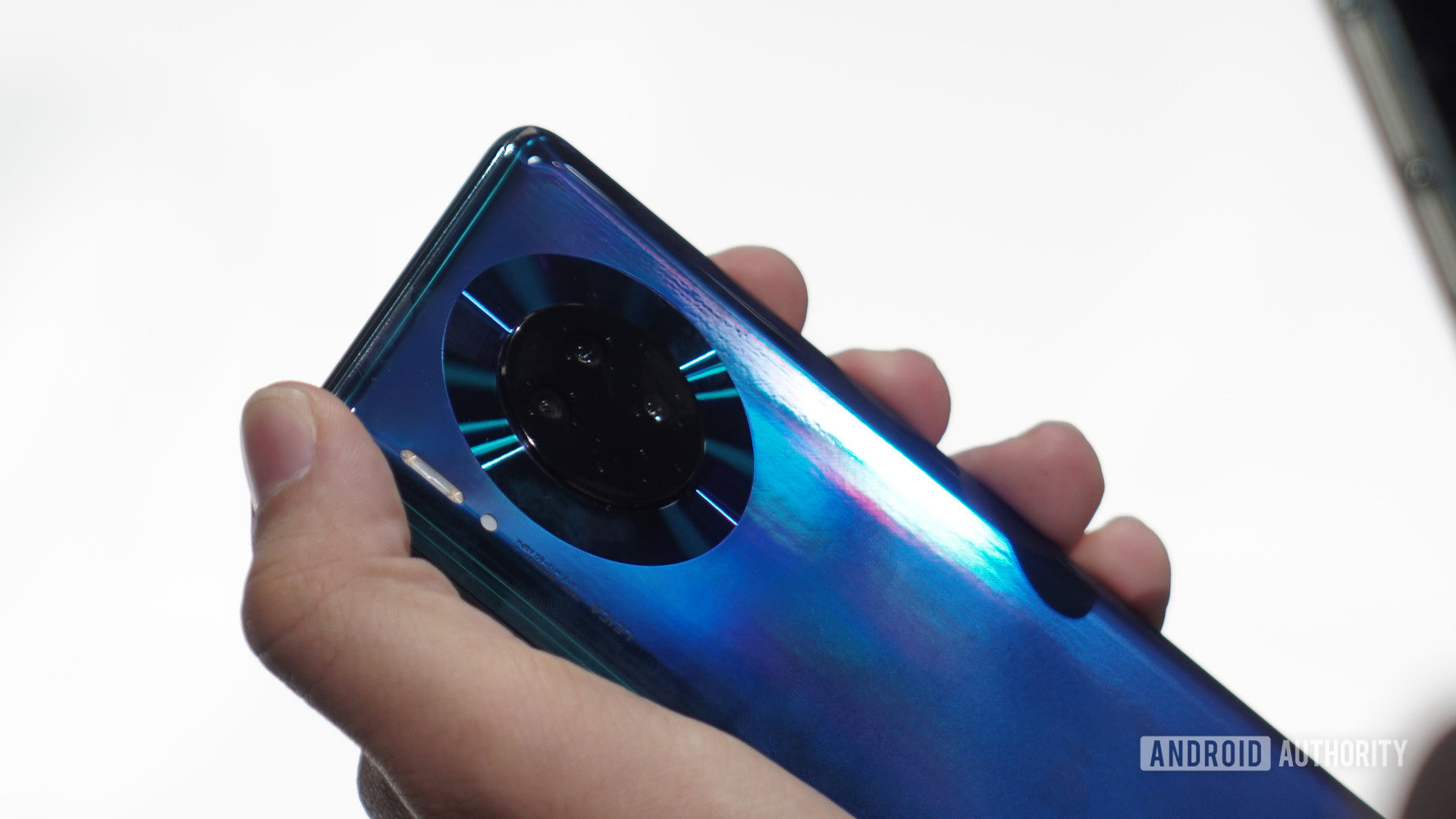
The absence of Google services will undoubtedly cause a sales hit to the Mate 30 series, at least outside of China. Yu is not shy to acknowledge this either, stating, “I think this ban will influence our out-of-China sales.” Although Yu is bullish about the phone’s prospects in China since it offers “the most competitive 5G flagship in the world.”
The US ban is taking a toll on the company’s sales already. “Since the May ban our sales dropped, but now it’s recovering really really quickly,” noted Yu, “but I do believe that we can sell more than 20 million with the Mate 30 series.” 20 million sales is very respectable by many brand’s standards, but HUAWEI’s ambitions to take the number one market share is now on the backburner.
HUAWEI can't prompt users or preload Google Play services, and won't switch to Harmony OS for now.
However, the Google issue could knock back HUAWEI’s European release roadmap, as this market is particularly reliant on Google’s services. Richard Yu confirmed that an Asia Pacific Mate 30 release is scheduled for next month. This follows a September 26th launch in China, with the Middle East on the roadmap too. “I don’t think we’ll delay [the European release],” Yu said, although the company is still “evaluating user experience and then more and more countries can sell this product.”
The HUAWEI Mate 30’s European release is currently scheduled for sometime next month.